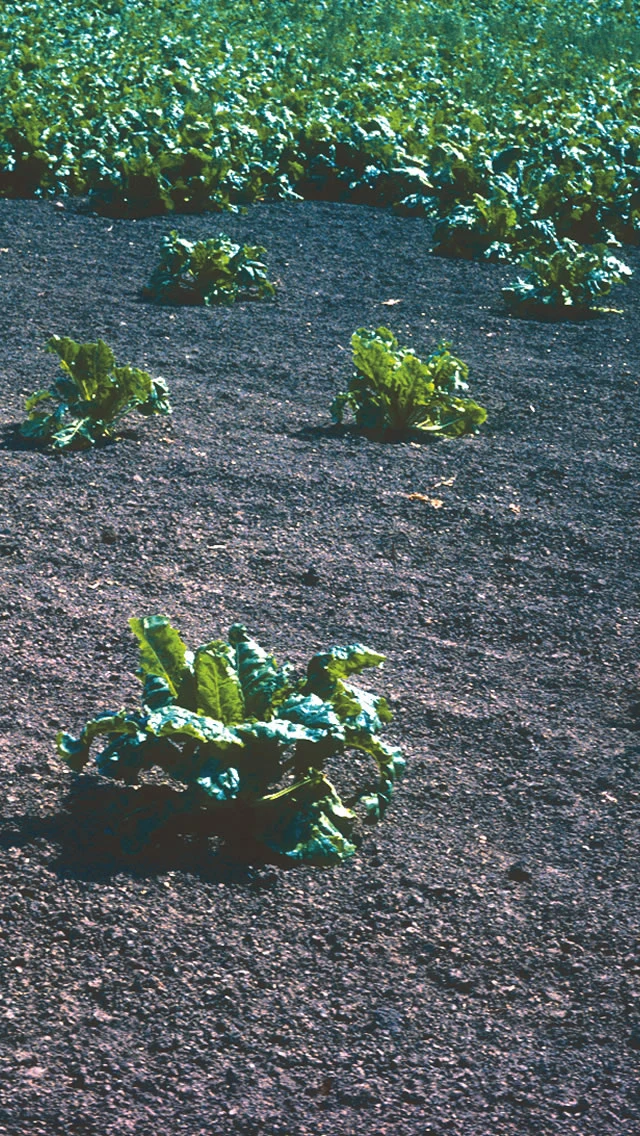
Millipedes
Blaniulus spp.
Identification
Various different species of millipedes can be found in fields of sugar beet. One of the more conspicuous species is the spotted snake millipede which is up to 2 cm in length with 2 rows of bright red spots either side of the length of the body.
Symptoms
Millipedes feed below soil level on the roots and stems of the beet plants, turning the affected area brown or black.
Life-cycle
Adult millipedes lay eggs in the soil which reach full maturity in 2-3 years. As well as feeding on young plants they also feed on decaying organic matter in the soil.
Importance
Damage can be more severe in cold wet conditions when plants are growing slowly and in exceptional circumstances can result in plant loss. Plants are rarely attacked by an individual pest species, such as millipedes, and damage usually results from feeding by a range of insects which comprise the ‘soil pest complex’ and includes millipedes, springtails and symphylids. Once plants are beyond the 4 leaf stage they are less susceptible to attack.
Threshold
None established.

Symptoms of millipede damage on a sugar beet plant

Spotted snake millipede, Blaniulus guttulatus

Severe millipede damage to crop


